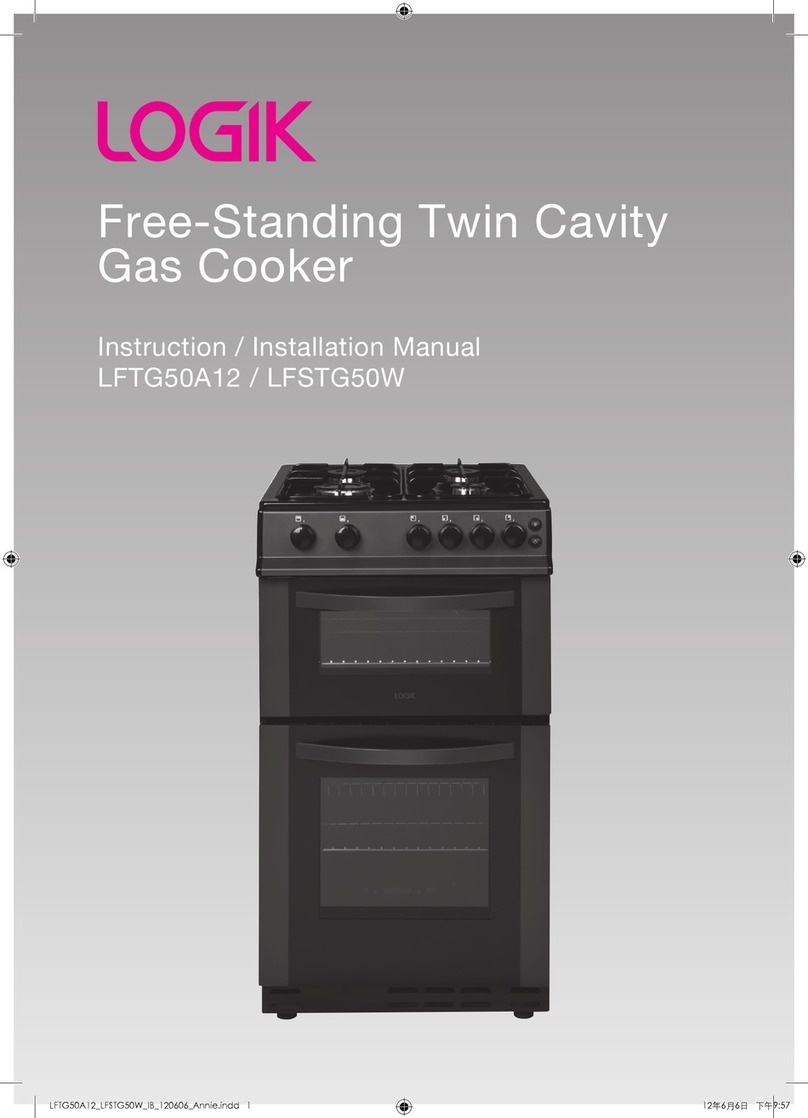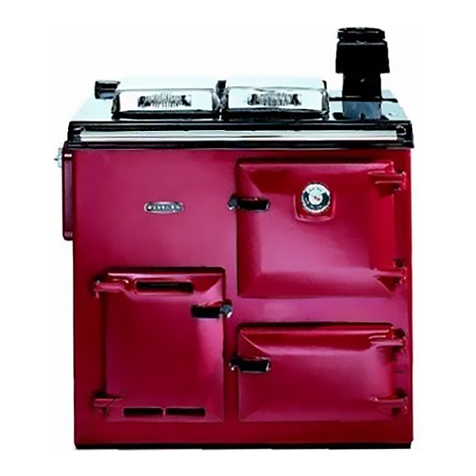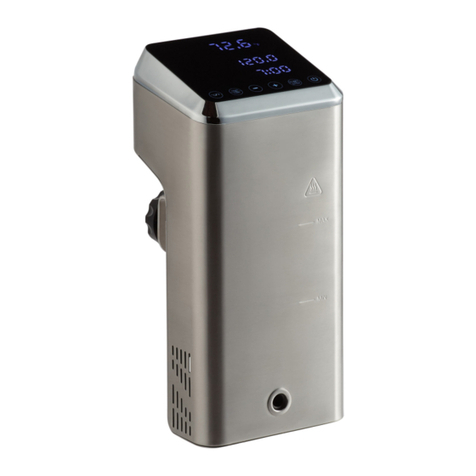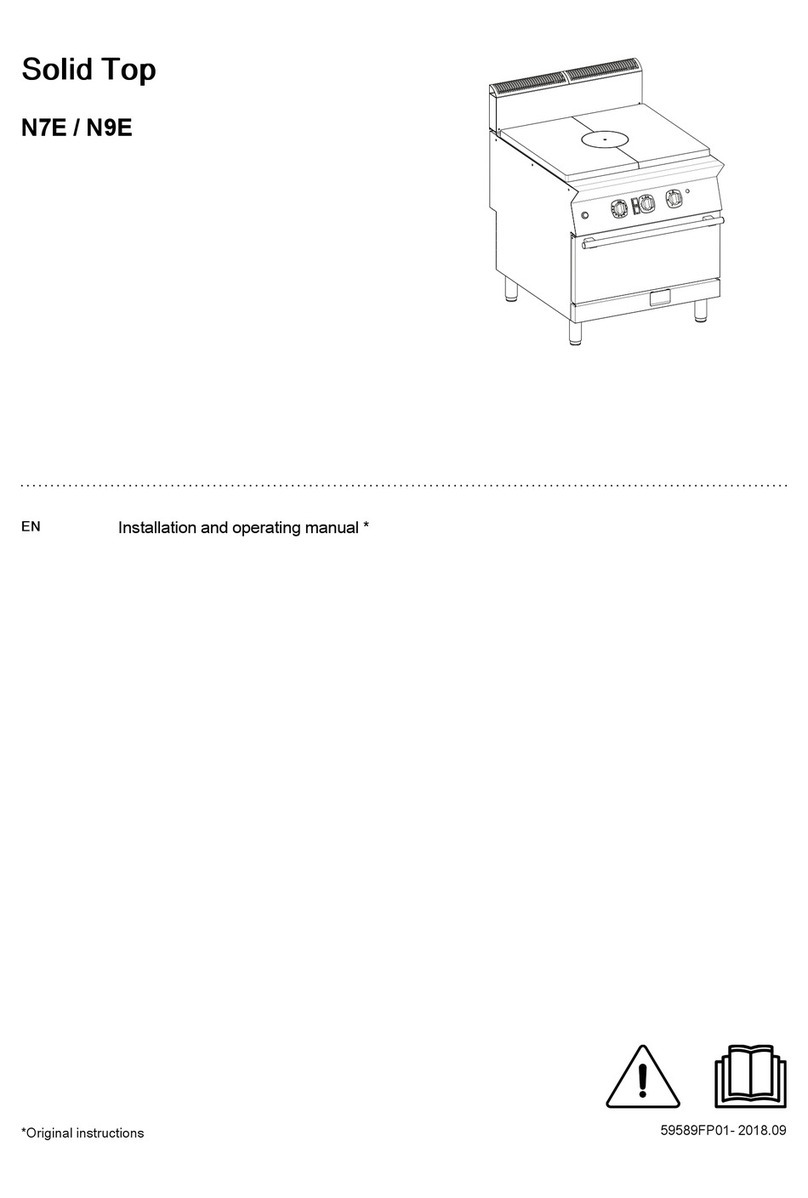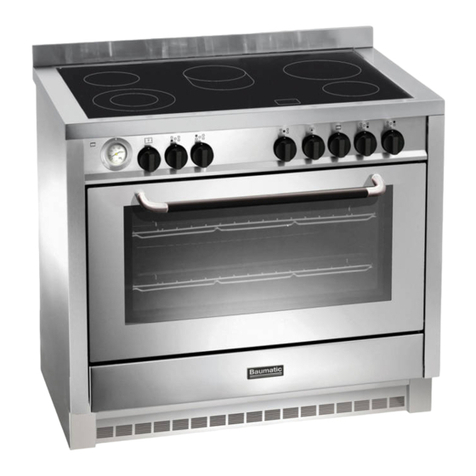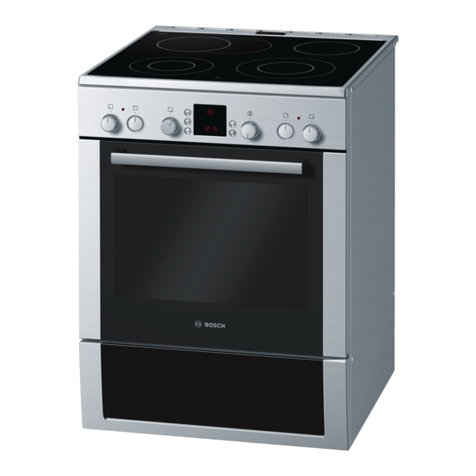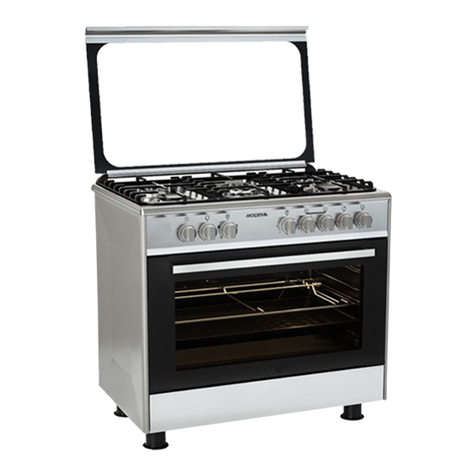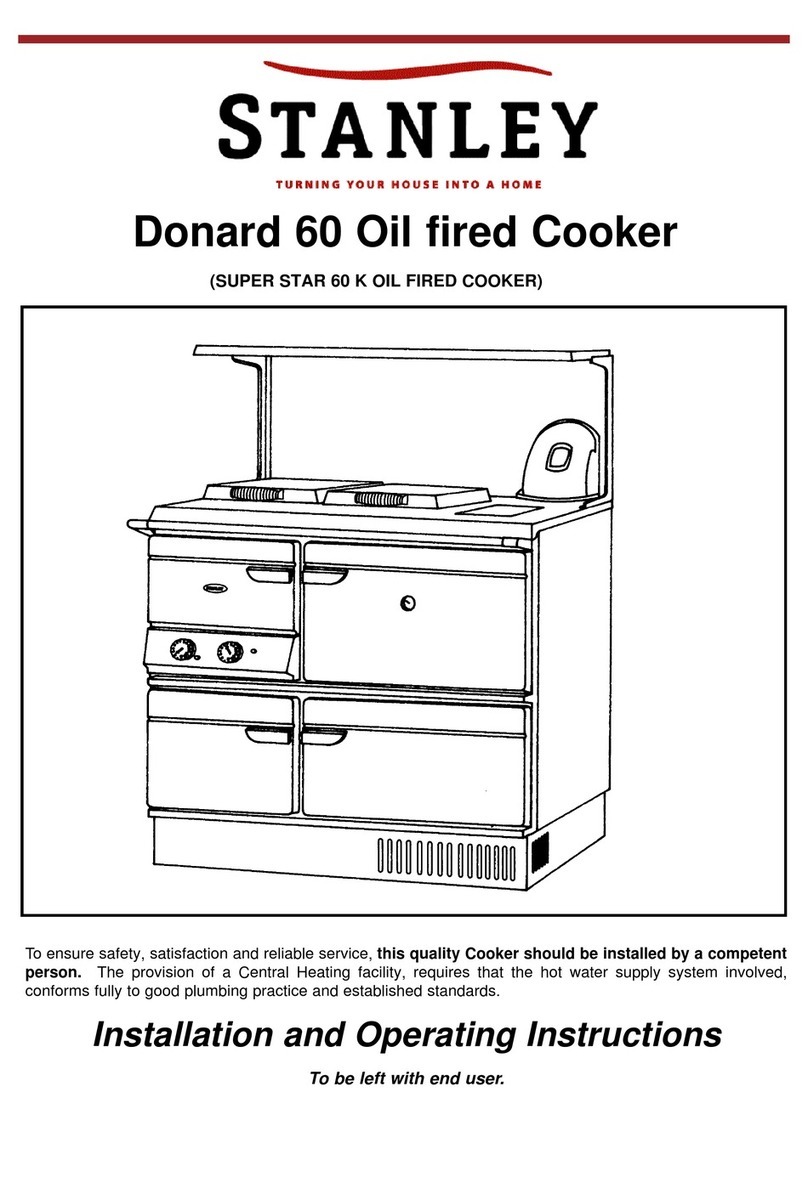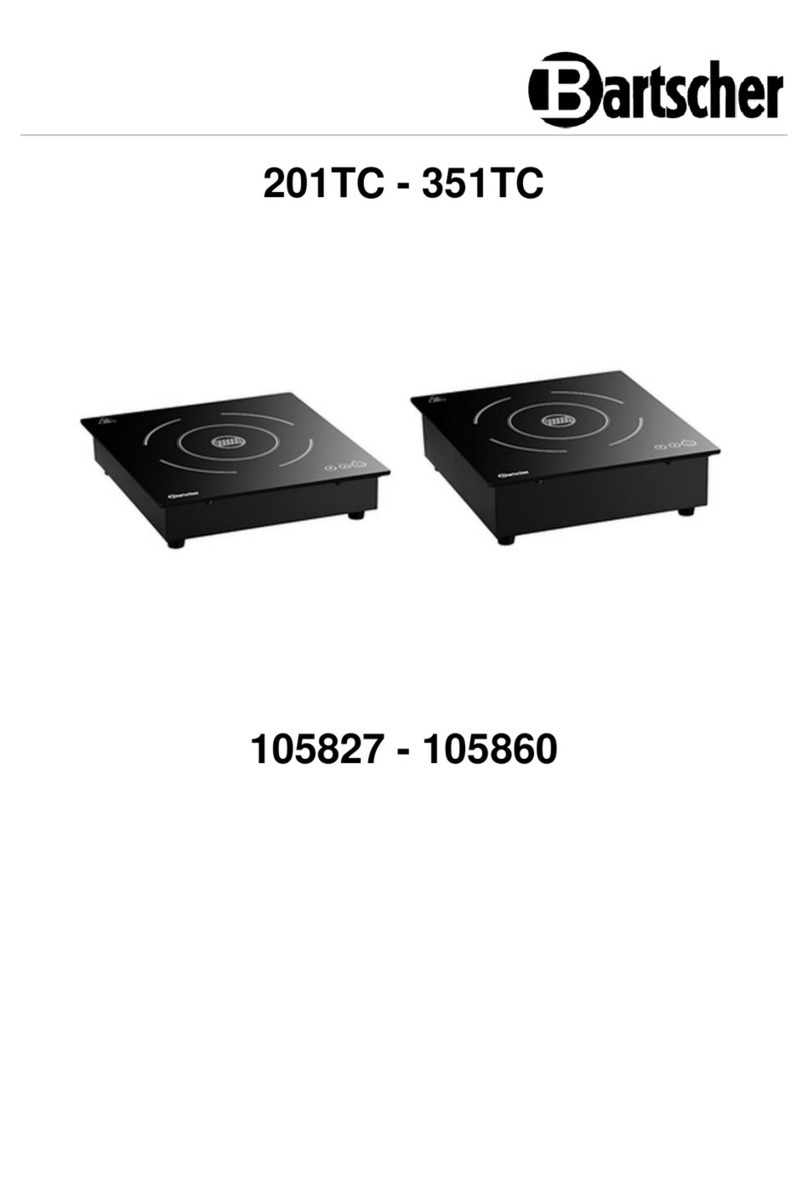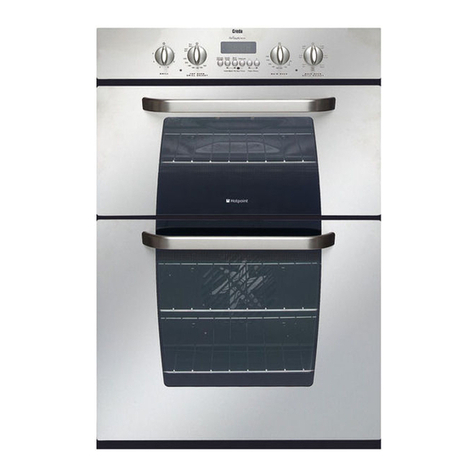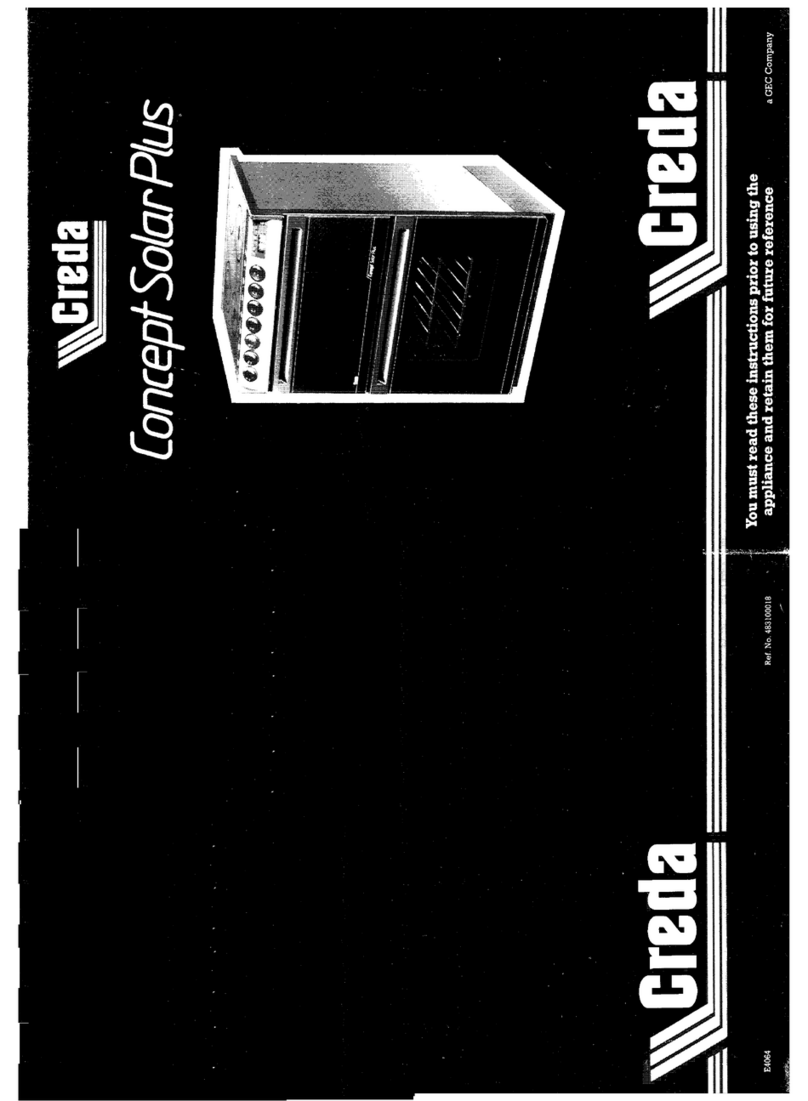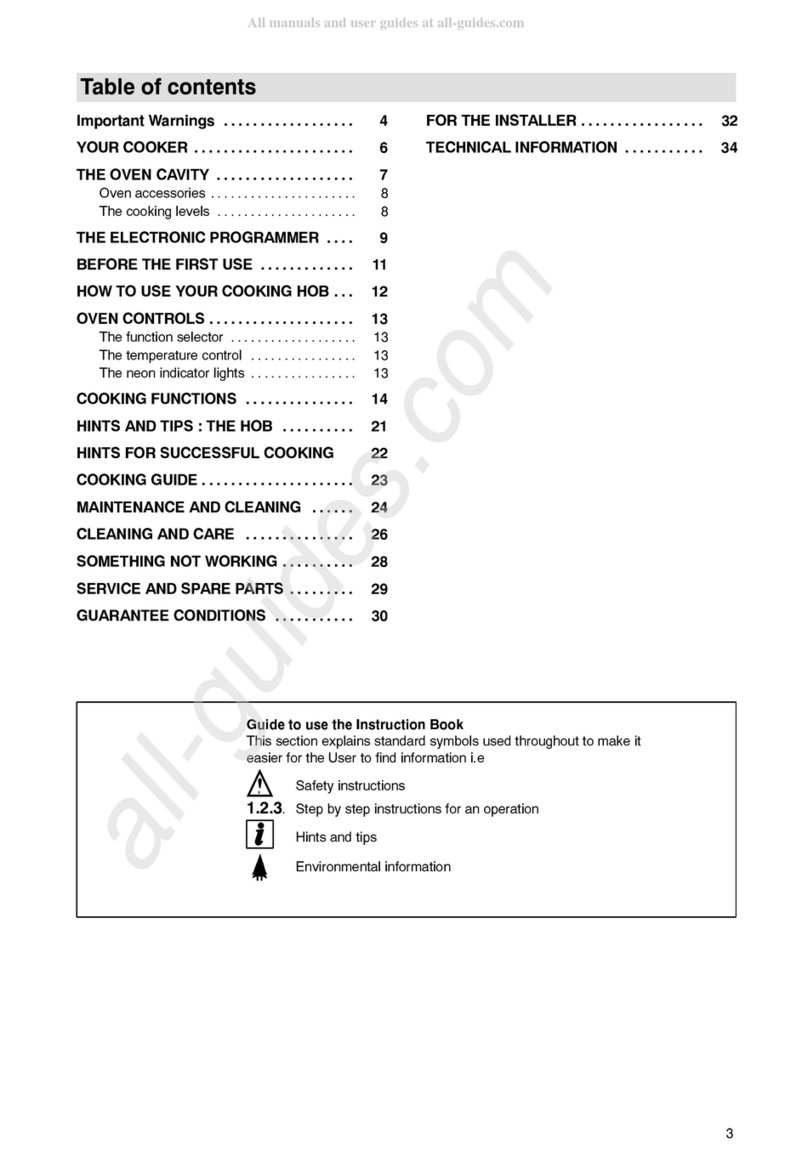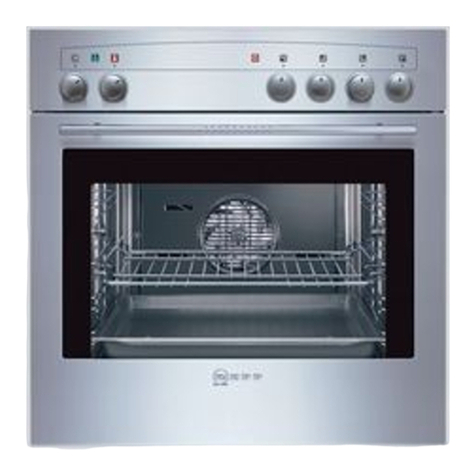SKLADOVA TEHNIKA Plamak User manual

INSTRUCTION MANUAL
for solid fuel cookers
SKLADOVA TEHNIKA
25 Sveti Knyaz Boris I St.
5100 Gorna Oryahovitsa
Republic of Bulgaria
phone: +359 618 60576
www.st-bg.com

2
CONTENTS
1. Introduction ............................................................................................................................3
2. Technical data .........................................................................................................................3
3. Cooker assembling..................................................................................................................3
4. Cooker operating ....................................................................................................................4
5. Cleaning...................................................................................................................................6
6. Important directions for fire-precaution and safety regulations ...........................................7
7. Possible defects and their causes ...........................................................................................8
Instruction for assembling and operation of solid fuel cookers with integral boiler .................9
Installation diagram for solid fuel cookers with an integral boiler...........................................10

3
Dear customers,
Your cooker is produced and tested in conformity with the requirements of standard EN
12815:2001 and responds to the approved technical documentation.
Don’t leave the instruction manual unread. The assembly and the exploitation of a cooker are
connected with different legal obligations, which are explained in this instruction. According to
the laws and regulations for safety, when using a cooker of such class, the buyer and the user of
the fireplace are obligated, with the help of this instruction, to inform themselves for the
assembling and the right operation of the appliance.
1. Introduction.
Solid fuel cookers are designed for cooking and heating, and the used fuel can be wooden logs,
briquettes and other types of coals and fuel as well. The cooker can be used in kitchens and houses,
but it is not suitable for integrating into kitchen furniture.
2. Technical data.
The technical specifications of solid fuel cookers are mentioned in Table 1.
Table 1.
Cooker type
Nominal heat output (kW)
Space heating output (kW)
Water heating output (kW)
Overall dimensions
(mm)
Flue gas mass (g/s)
Flue gas temperature (°C)
Weight (kg)
Minimum flue draught at nominal heat
output (Pa)
Boiler capacity(l)
width
depth
height
Plamak
wood
9
-
-
840
600
890
12.57
290
130
12
coal
9
-
-
13.42
273
Metalurgia
wood
9
-
-
840
590
775
12.57
290
72
12
coal
9
-
-
13.52
273
Plamak В
wood
9
5
4
840
600
890
19.71
230
130
12
12
Overall dimensions of the oven
(mm)
width
410
depth
440
height
220
3. Cooker assembling.
For ensuring safe and correct operation of the cooker it is necessary to keep the following
conditions:
The cooker has to be mounted in rooms which have enough fresh air supply, which is necessary
for burning. After placing the cooker, it has to be connected to the chimney with the proper
fluepipes, but before connecting them, their functionality has to be checked and inspected.
Not every cooker can be mounted to every chimney. Before installation, the static pressure and
the size of the chimney have to be checked if they fit to the required parameters of the cooker. If

4
the cooker is not compatible with the chimney, this will lead to weaker burning and contamination
of the glass with soot.
The chimney has to be high enough (not less than 5m.) It’s allowed only one more appliance to
be connected to the same chimney. The flue draught of the chimney has to be over 10Pa, and over
15 Pa for cookers with water boiler. If the chimney is very high (flue draught over 35Pa) it is
necessary to install additional valve for reducing the flue draught. The internal shape of the
chimney has to be even and round to its full length, not square or with changing shape.
To ensure safe operation, the cooker has to be connected to the chimney by means of a spigot
on the wall, and the connection has to be sealed very well. The connecting fluepipe between the
cooker and the spigot has to be as short as possible, this means not to use horizontal and angular
connected fluepipes. It is recommended to use not more than two crooked fluepipes, in order to
avoid tar accumulation on the horizontal fluepipes and the chimney, which therefore leads to lower
flue draught in the chimney.
The fluepipe does not have to enter in the chimney because this will reduce its draught.
The cooker should not be connected to a chimney, when there is already connected appliance
with water boiler.
The chimney has to be designed in a way that it will allow easy mechanical cleaning.
The floor, where the cooker will be placed, should be smooth and leveled, made of non-
combustible materials (such as mosaic, marble, terracotta, etc.), and possessing the required load
capacity.
If the floor in front of the cooker is not heat resistant (carpets, linoleums or others of the same
kind) a stable, non-combustible platform should be used, (made of steel, glass or ceramic, etc),
which should come out: 50 cm in front and 30 cm from both sides, measured from the firedoor of
the cooker.
Distances at which the cooker should be installed for fire precaution:
Distance to near combustible materials:
Plamak, Metalurgia
in front -80сm, side -40сm, back -40сm
Plamak В
in front -80сm, side -30сm, back -30сm
If there are any easy inflammable materials and constructions, the cooker should be 80 cm
away from them or it has to be supplied with non-combustible shield. The upper surface (frames
and plates) should stay at least 1m away.
If the cookers are supplied with: decorative rail –1pce. and decorative sphere –2 pcs., then the
installation is made in the following way: on the decorative rail mount decorative sphere –2 pcs,
after that they are installed on the cooker frame by means of the given connecting elements: screw
М5х12 DIN 933 – 2pcs, washer М5, DIN 125 – 2pcs and washer 2 5 L DIN 127. The mounting is done
when the firedoor and the oven door are opened.
On cooker Plamak and Plamak В are mounted:
- handle for oven door 2 pcs. by means of screw M5x45 -4 pcs
- small handle –1pce., by means of screw М5х14- 2pcs and a washer М5 –2pcs.
4. Cooker operating.
4.1. Fuel materials.
The most appropriate fuels are dry cleaved wood (wood logs) and briquettes. The wood logs,
stored in the open under sheds, reach a humidity level of 10-15% after 2 years, when they are most
suitable for combustion. We recommend to burn wood dried as much as possible. The maximum
heat output of the cooker is reached after burning wood logs dried for at least 2 years period of
time.

5
The fresh cut wood has little calorific effect, high humidity and burns poorly –they extract a lot
of flue gases and additionally contaminate the environment. This leads to minimizing the longevity
of the cooker and chimney as well. When using them, the heat output of the cooker falls to 50%,
and the fuel consumption grows twice.
Type and recommended quantity of fuel
Type
Wood (кg/h)
Coal (кg/h)
Plamak , Metalurgia
3.53
2.06
Plamak В
З.46
-
It is not recommended to use the following fuels in the fireplace: wet or tarred wood, shavings,
fine coal, paper and cardboard (except for the ignition).
Do not use liquid fuels.
Do not use the cooker like a furnace for burning waste matters.
If the cooker is used for burning unalloyed fuels then the warranty is not valid
At each ignition of the cooker you should observe the following: Clean the bottom grate, and
the ashtray if needed, but you should do this only if the cooker is in cold condition.
4.2. Ignition at operation.
Your cooker is designed for intermittent burning and operates only with doors closed. At each
ignition you should observe the following:
4.2.1. Ignition at lower combustion.
Lower combustion is obligatory used for cooking and baking in the oven, and when cooking the
regulator for the flue gas, positioned to the flue pipe outlet needs to be fully opened. With this
regulator you can adjust the temperature for baking - up and down. The internal temperature of
the oven depends on the intensity of burning, the flue draught and the amount of fuel. The
intensity of burning is regulated by the primary air. By adjusting the primary air you can achieve
proper regulation of the temperature inside the oven. If you want to reach high temperature in the
oven and the cooker is still cold it is recommended to ensure high heat and temperature in the
cooker and to open the regulator for the oven (see fig.1) and the regulator for the primary air. (see
fig.2) by moving the adjuster in the given directions. When the required temperature is reached in
the oven the intensity of burning has to be decreased by closing the primary air regulator and the
oven air inlet control. This will keep the temperature in the oven constant.
For Plamak, Plamak B, and Metalurgia:
When the air inlet control of the oven is positioned at:
rearmost position it is open;
foremost position it is close -the heat will go under the oven;
middle position -opened ½ the heat will go under and above the oven.
close open
Fig.1. -The air inlet control of the oven is positioned on the top plate of the cooker by the flue gas outlet.
For Plamak, Plamak B and Metalurgia:
When the air inlet control for primary and secondary air supply are positioned in:
End left position -close
End right position -open
close open
Fig.2. -The air inlet control is positioned on the firedoor.
This manual suits for next models
2
Table of contents
Other SKLADOVA TEHNIKA Cooker manuals

